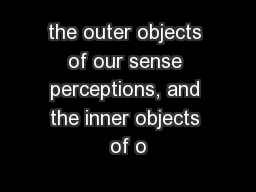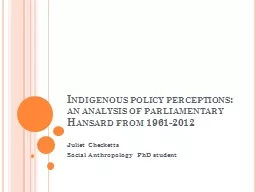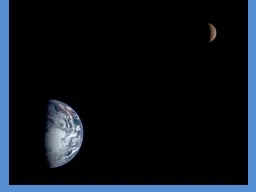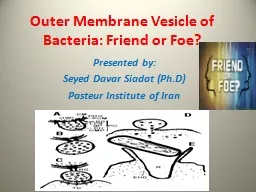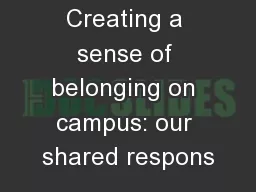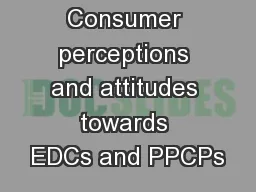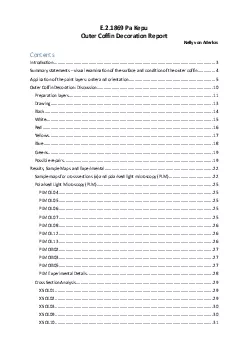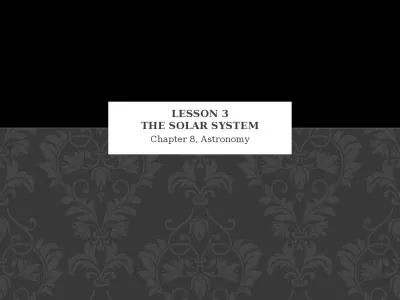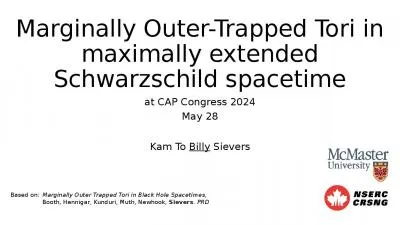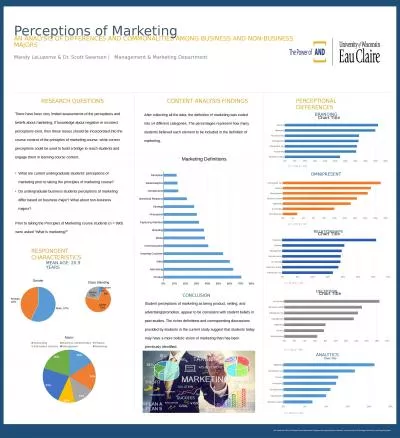PDF-the outer objects of our sense perceptions, and the inner objects of o
Author : faustina-dinatale | Published Date : 2016-05-31
Physics has shown us that apparently solid forms are comprised of vastly more empty space than they are of matter and empty space is the birthing ground of form
Presentation Embed Code
Download Presentation
Download Presentation The PPT/PDF document "the outer objects of our sense perceptio..." is the property of its rightful owner. Permission is granted to download and print the materials on this website for personal, non-commercial use only, and to display it on your personal computer provided you do not modify the materials and that you retain all copyright notices contained in the materials. By downloading content from our website, you accept the terms of this agreement.
the outer objects of our sense perceptions, and the inner objects of o: Transcript
Download Rules Of Document
"the outer objects of our sense perceptions, and the inner objects of o"The content belongs to its owner. You may download and print it for personal use, without modification, and keep all copyright notices. By downloading, you agree to these terms.
Related Documents

